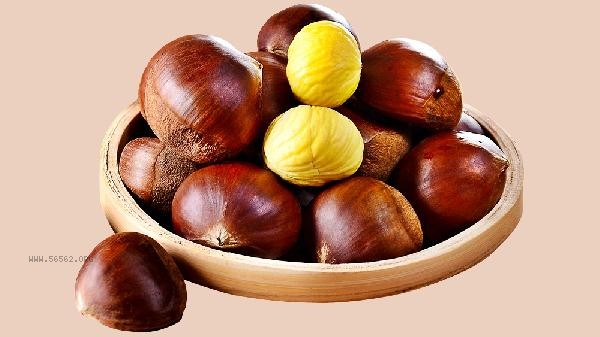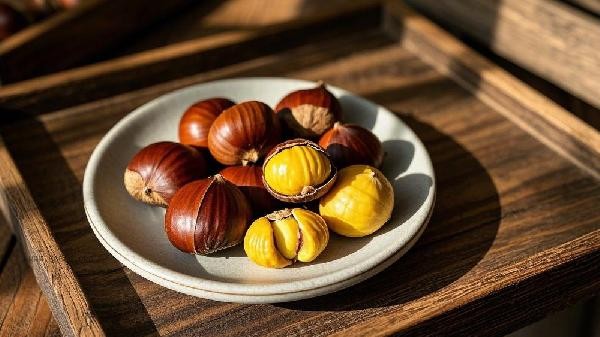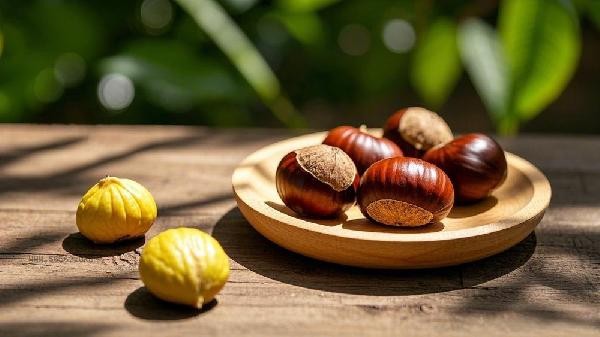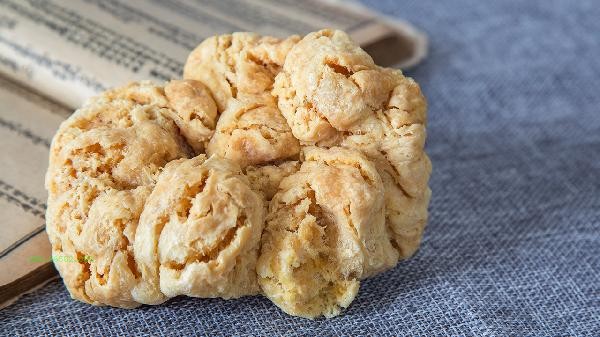Eating chestnuts may lead to an increase in blood sugar, but the specific effects vary from person to person. Chestnuts contain a high amount of carbohydrates and have a moderate to high glycemic index, which may cause fluctuations in blood sugar levels after digestion and absorption. People with good blood glucose control usually have little problem with moderate consumption, while those with diabetes or abnormal glucose tolerance should carefully control their intake. The nutritional components of chestnuts include starch, dietary fiber, B vitamins, and minerals. Reasonable consumption can supplement energy and nutrition. The main component of chestnut is starch, which is broken down into glucose and absorbed in the body. Each 100 grams of chestnut contains about 40-50 grams of carbohydrates, which has a slightly slower sugar increase rate compared to refined rice and flour, but still belongs to the category of medium to high glycemic index foods. The dietary fiber in chestnuts helps to slow down sugar absorption, but the overall impact on blood sugar still depends on the amount consumed and individual metabolic capacity. Healthy individuals consume in moderation on an empty stomach or after exercise, and blood sugar fluctuations are usually within a controllable range. People with weak gastrointestinal function or decreased insulin sensitivity may experience a significant increase in blood sugar after consuming chestnuts. The starch structure of chestnuts will partially convert into resistant starch after cooling, which has a lower digestibility. Chestnuts that are reheated after refrigeration have a relatively small impact on blood sugar. In case of excessive intake of diabetes patients, it may be necessary to adjust the dosage of hypoglycemic drugs. It is recommended to take it together with protein food to balance the postprandial blood glucose response.

It is recommended to use chestnuts as a staple food substitute rather than a snack, with a single consumption limit of 10-15 pieces, and avoid consuming them with high sugar foods. Monitor the blood sugar changes before and after eating, and diabetes patients should develop individualized diet programs under the guidance of nutritionists. Pay attention to choosing fresh chestnuts, avoid sugar stains or honey processed products, and prioritize steaming to reduce oil addition during cooking. In daily diet, it is necessary to ensure the intake ratio of vegetables and high-quality protein, and to maintain blood sugar stability through moderate exercise.






Comments (0)
Leave a Comment
No comments yet
Be the first to share your thoughts!